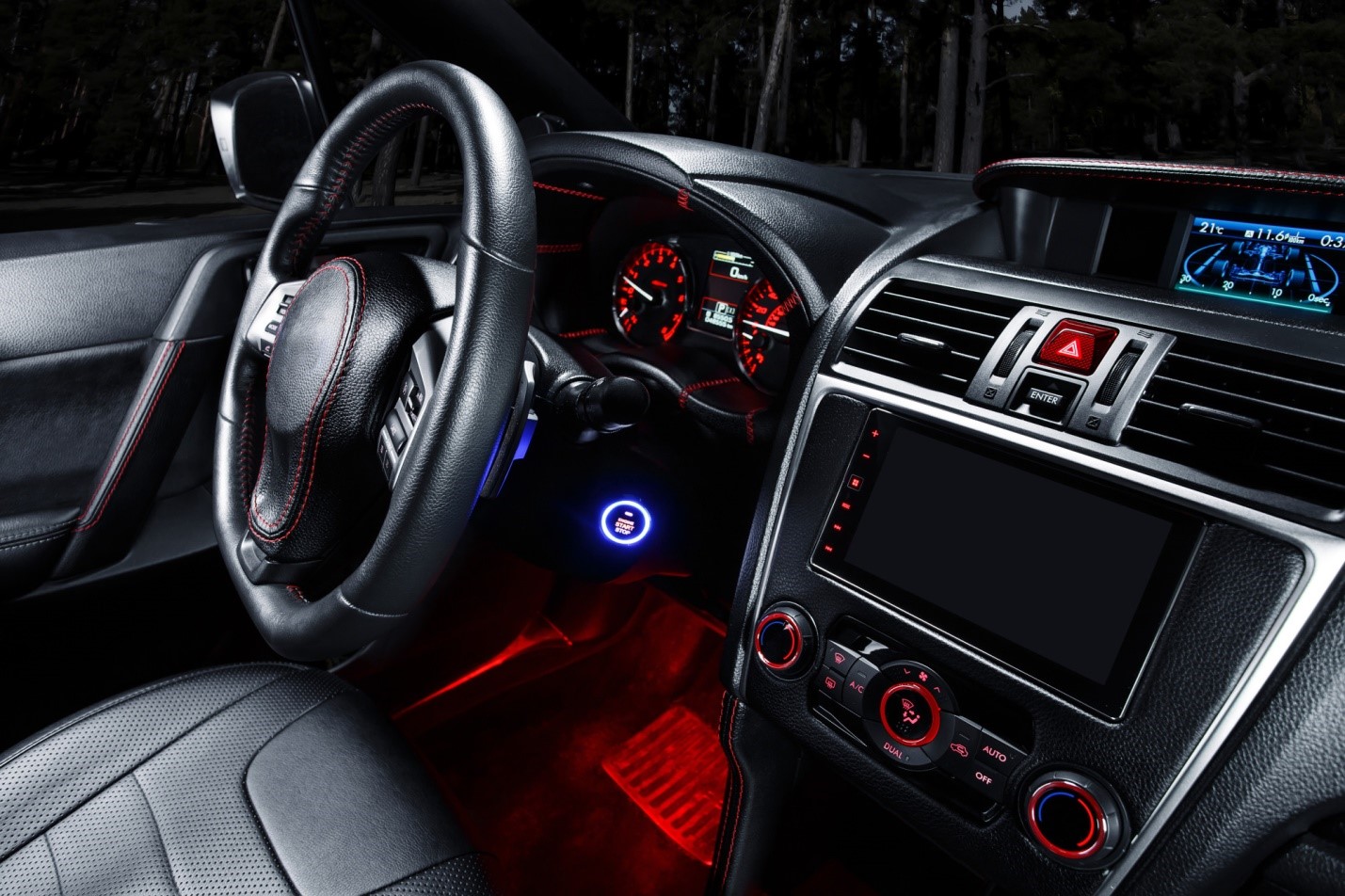Car materials these days are chosen to reduce weight, save costs and make cars more environmentally friendly. Steel as a car material today is found only in their frames, and as my Saturn dealer advised me, in “the body parts that face the sky”, such as the car’s hood, trunk lid and the roof. The balance of the car’s body is a composite of fiberglass and polycarbon material, which is lightweight and shock-absorbent, too.
Solid steel and cast iron are no longer the car materials preferred for car engines any more. These metals are too valuable and too heavy to use in the engine, which is subject to corrosion, rust and metal friction at high temperatures. Aluminum is now the standard car material for engine blocks in virtually every car made.
Petrochemical engineering is the source of most car materials for the interiors of modern cars. They represent a triumph over nature as they are water-resistant, preventing the growth of mold and mildew. Polyvinyl chlorides, polypropylene ultra-fine fibers and other synthetic materials make up the car’s interior from the dashboard cover to the floor mats. Some manufacturers are using natural fibers such as hemp for lining and cushioning the headliner (where the sun visors are attached). A large part of the car’s interior is now lined with sound-absorbing cushions of polypropylene.
Think the car material in your tires is pure rubber? Think again. The latex in rubber degrades quickly in humid conditions, even after the vulcanization process which makes rubber firmer. Now a composite of synthetic fibers, steel fiber belts for improved traction, and rubber are used to make car tires.
The number one car material for the wheels used to be cast iron. Then steel was used, as it rusted much more slowly. Now the preferred car material for wheels is cast aluminum, which is good at resisting moisture and is much lighter in weight than cast iron or steel.
A recent technological breakthrough in Britain is helping produce car materials to make “shape memory” fasteners that will retain their shape and release from the car body at a certain temperature. This will allow the cars to be disassembled and recycled very effectively. These car materials include polymers, plastics and metal alloys.
For the present, the car materials used in the world’s most expensive sports cars will include natural fibers such as leather for upholstery, and chromium for window and bumper trim. But the trends towards light weight, recyclability and low cost will encourage manufacturers to create new and useful car materials for the inexpensive, fuel-efficient and more earth-friendly cars the rest of us will drive daily in the foreseeable future.











